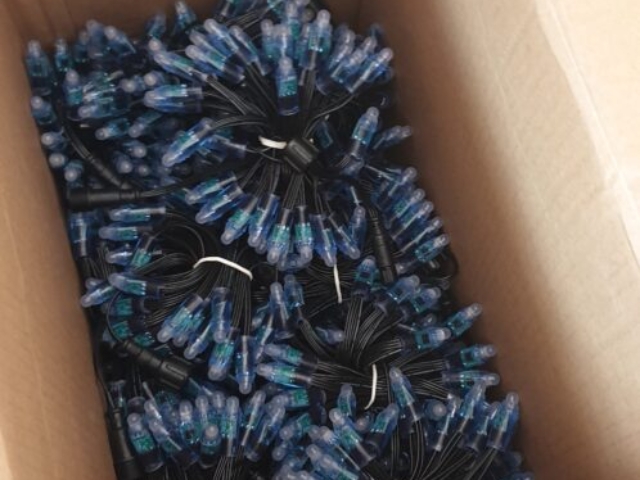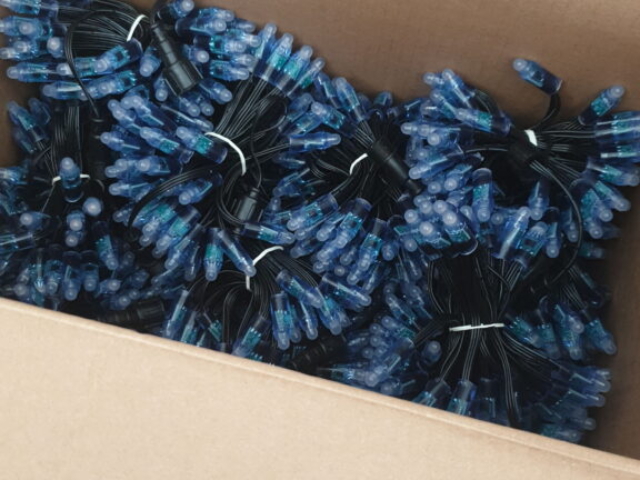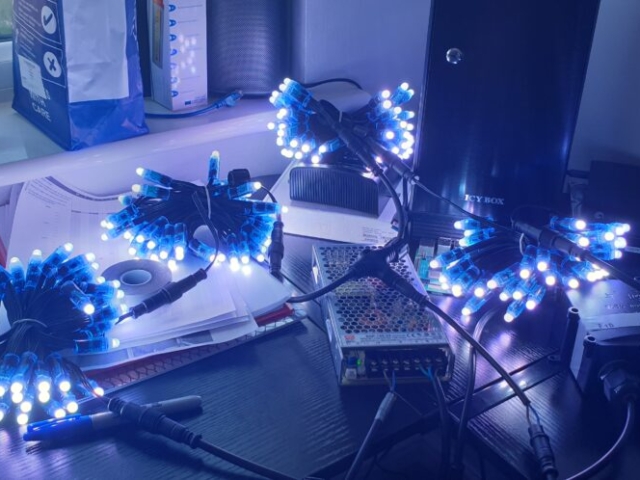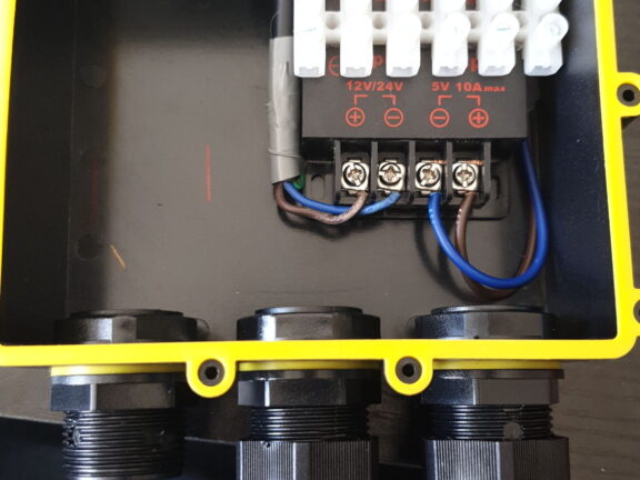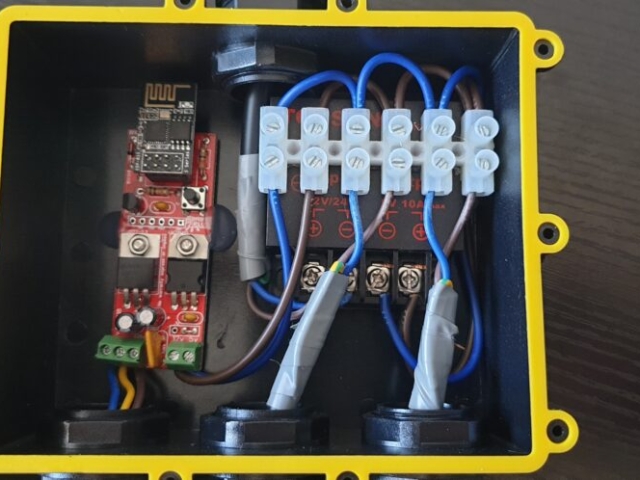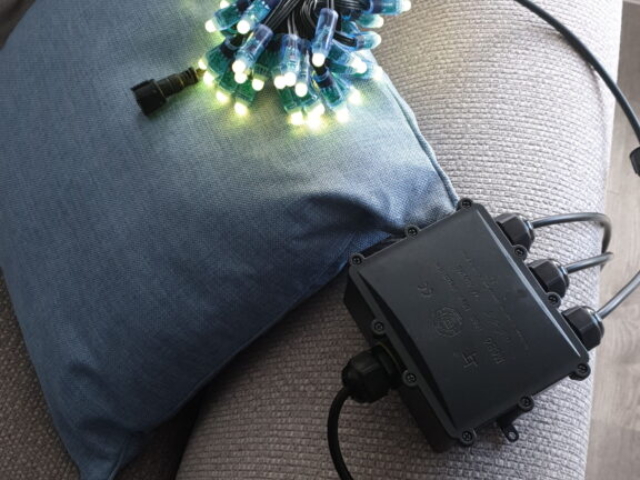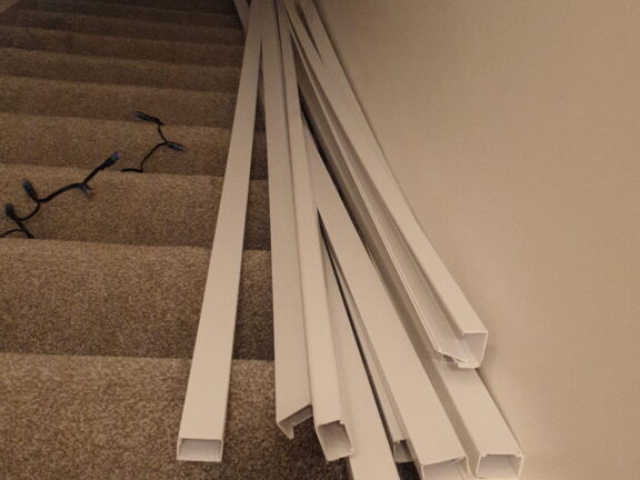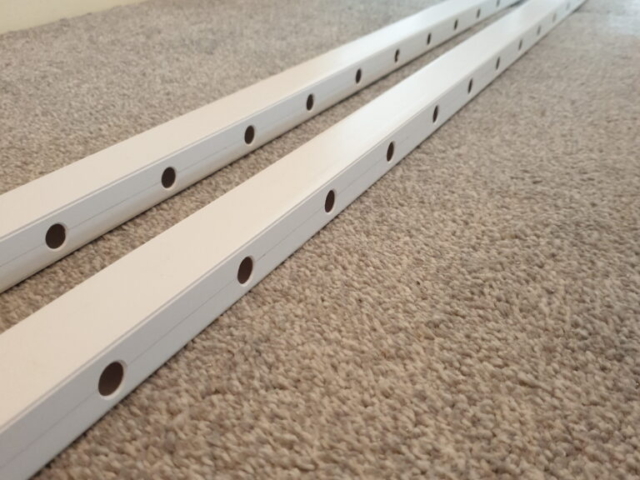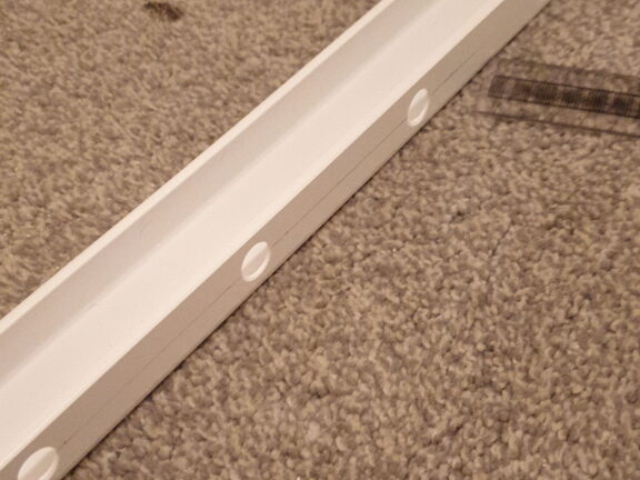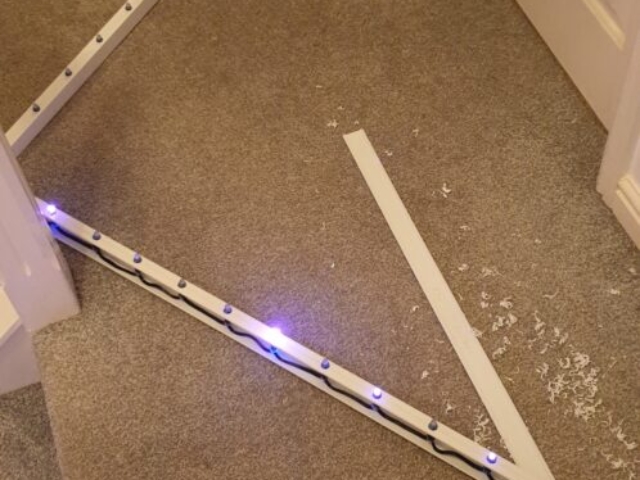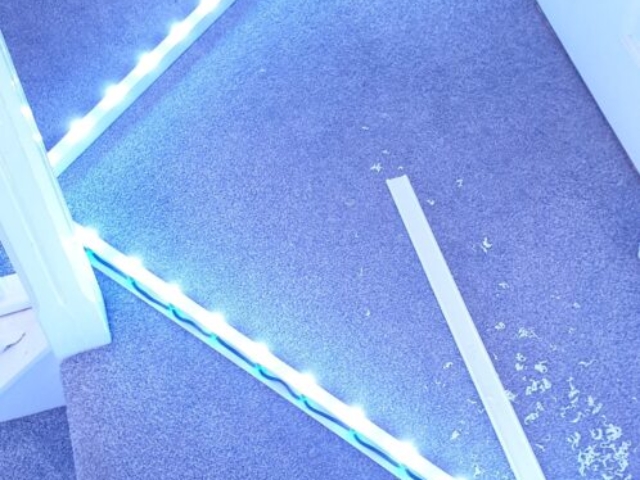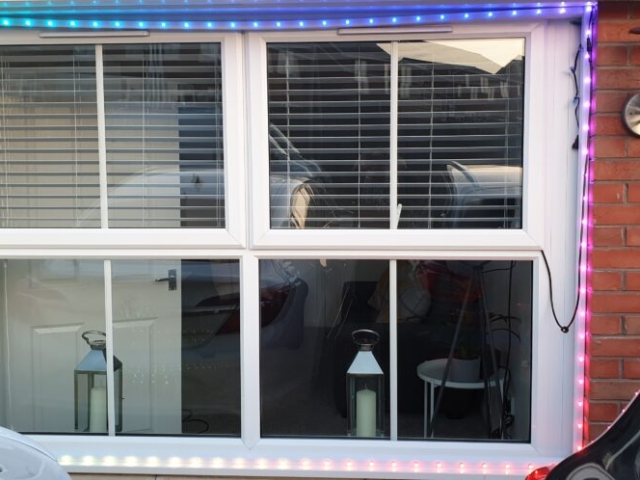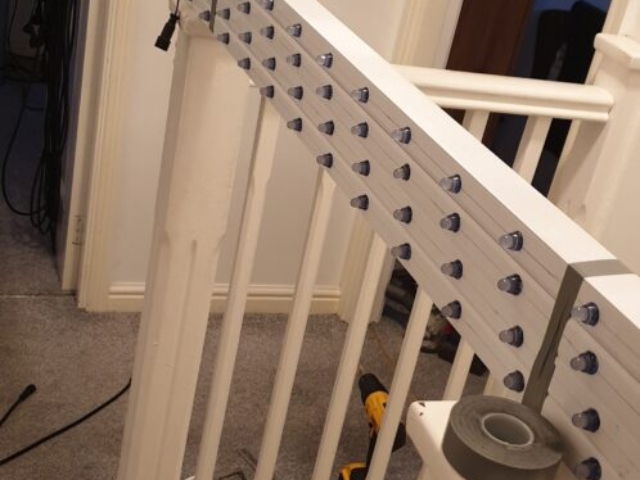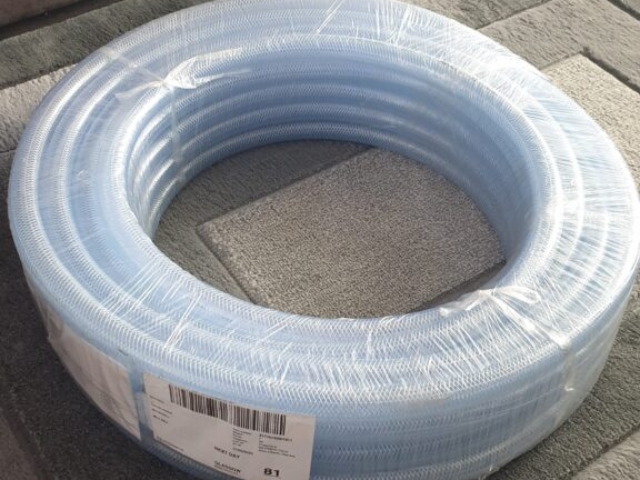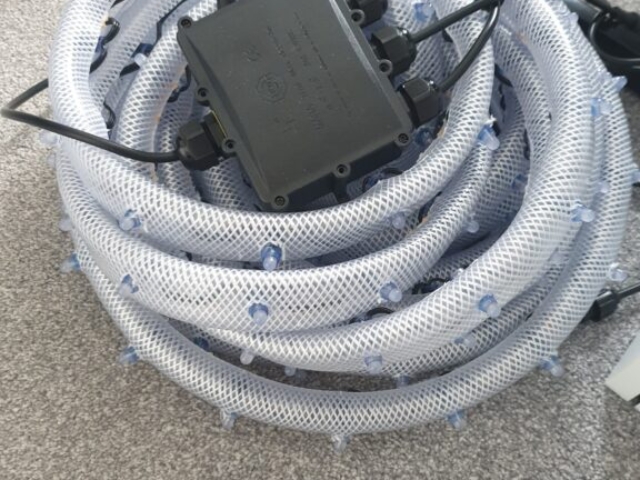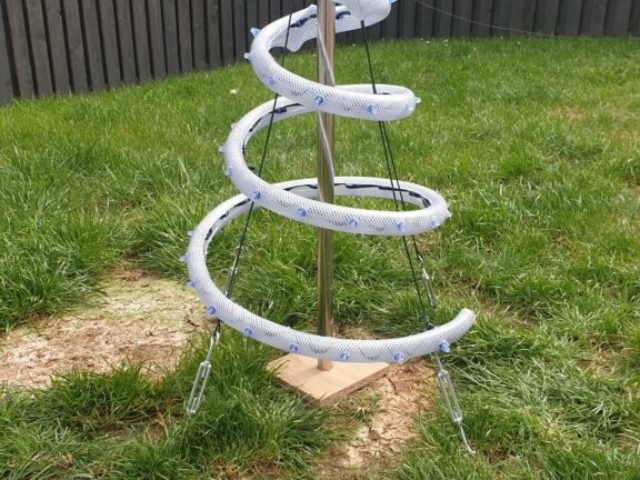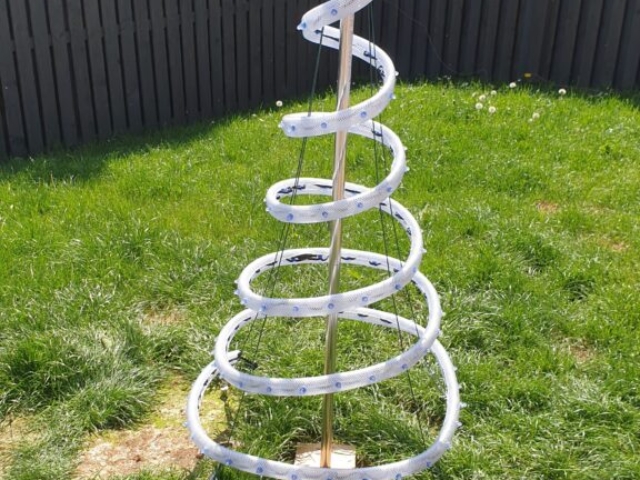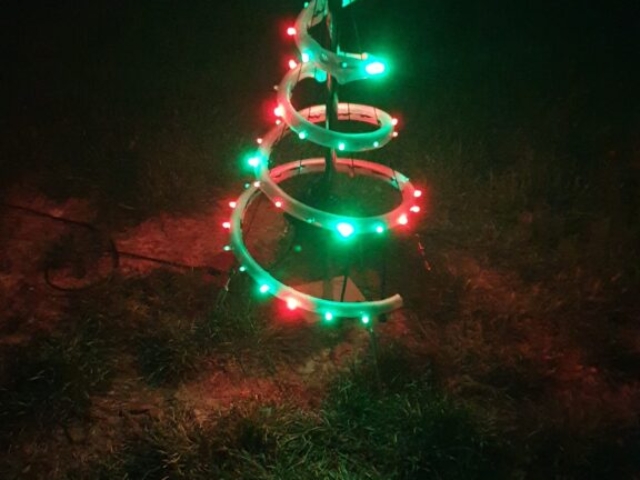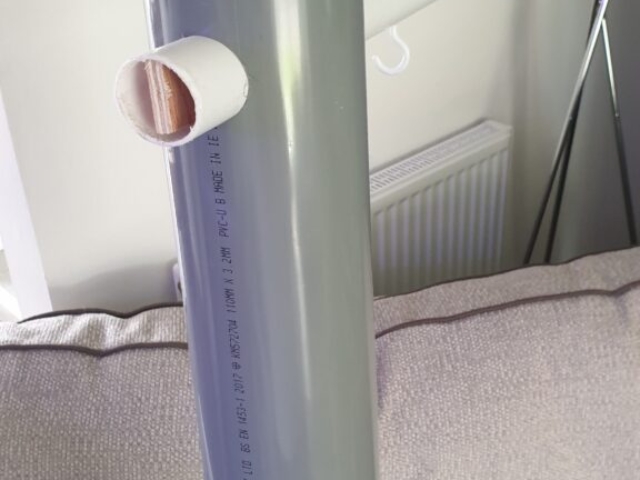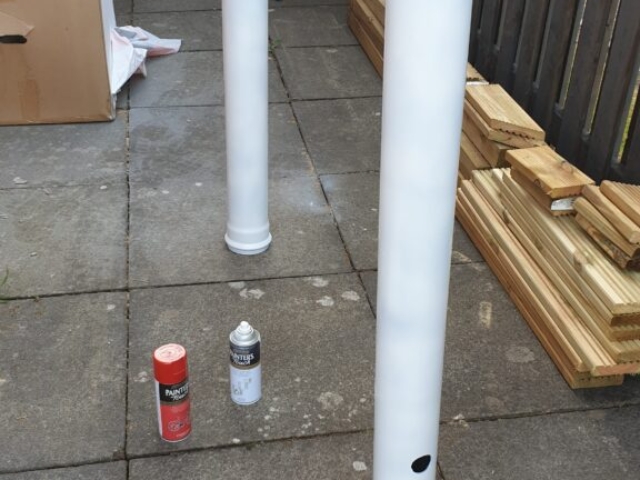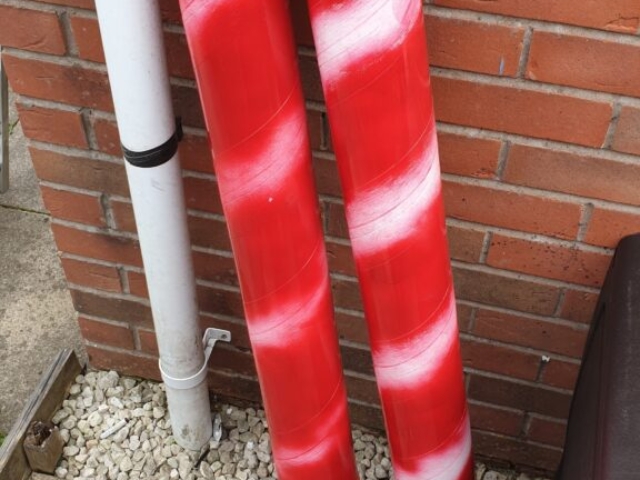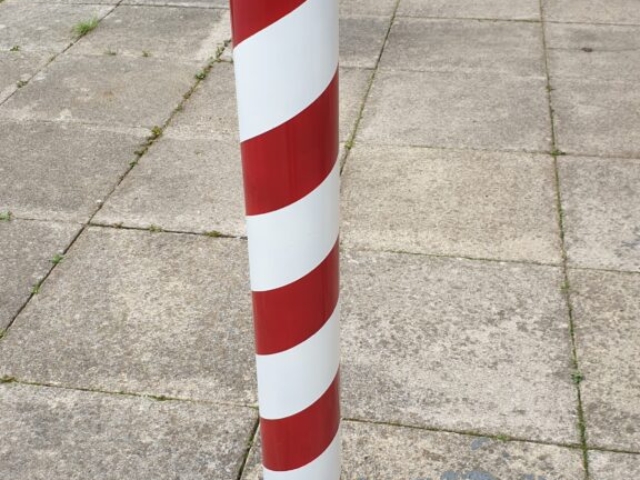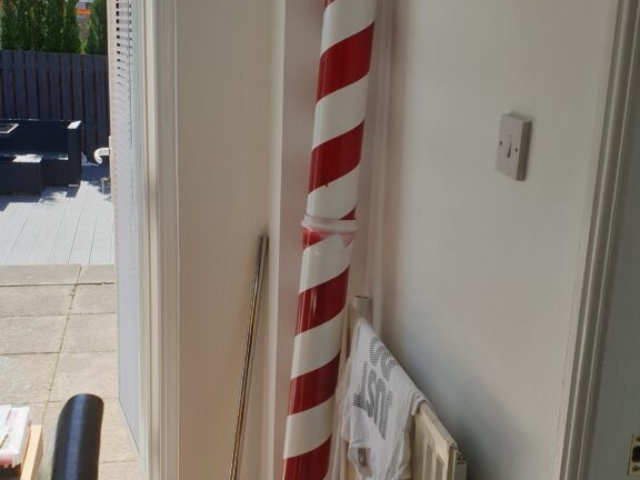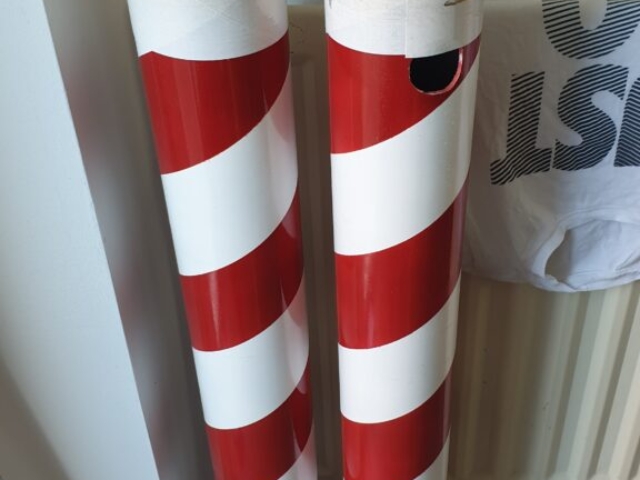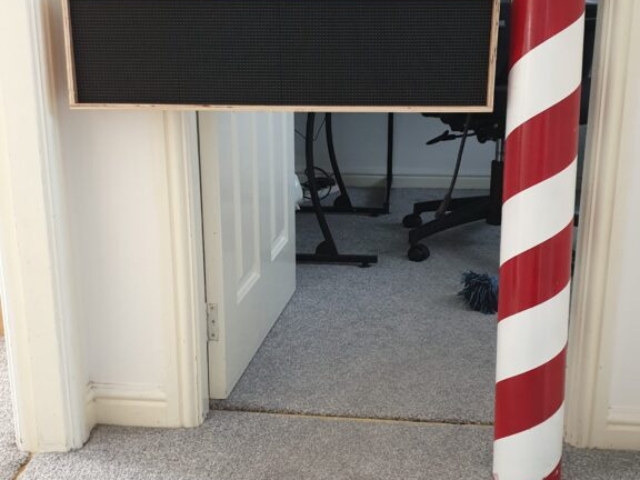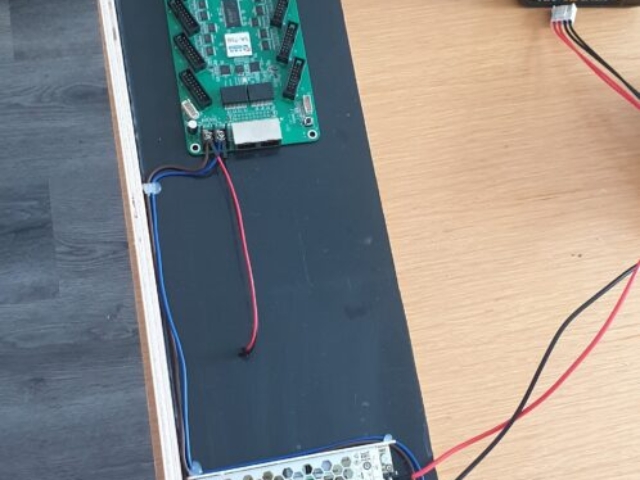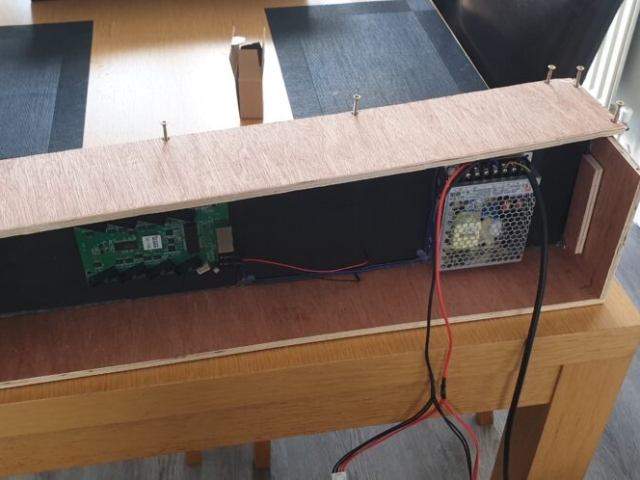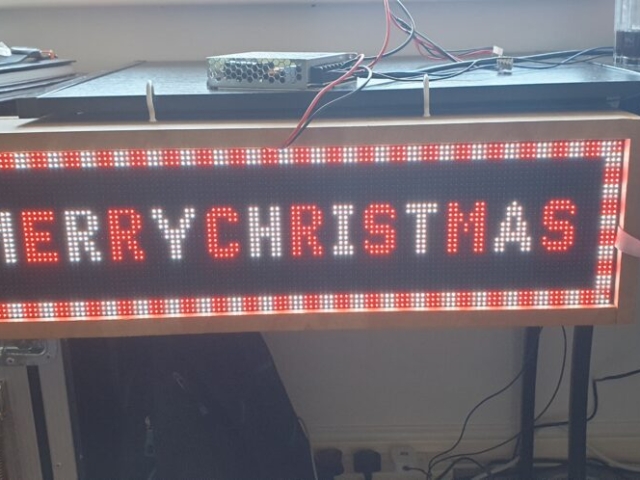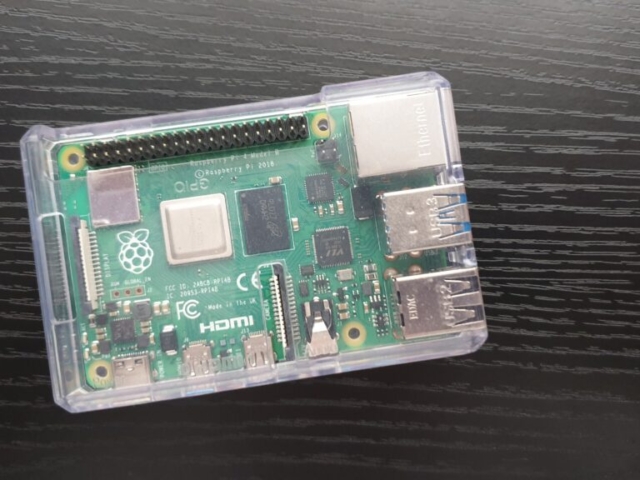… with planning, preparation, and a lot of hard work!
Plans for our show started way back in January 2020. December 2019 was our first Christmas in Taylor Avenue, and in moving, we had no outside Christmas Lights. The whole street was done up, sparkling, twinkling and there was us, with nothing to show to celebrate Christmas.
For Halloween 2019 we did create a small show with lights in the windows and some Halloween projections, and saw more than 80 families come round trick or treating! What a turn out!
“It is great what you have done for the kids. It really is something special you are doing, and to have it in the area is wonderful!”
[Halloween 2019 Visitor]
So we knew… we had to once again pull it out the bag, and so here we are…!
Keep reading to find out how it’s all done…
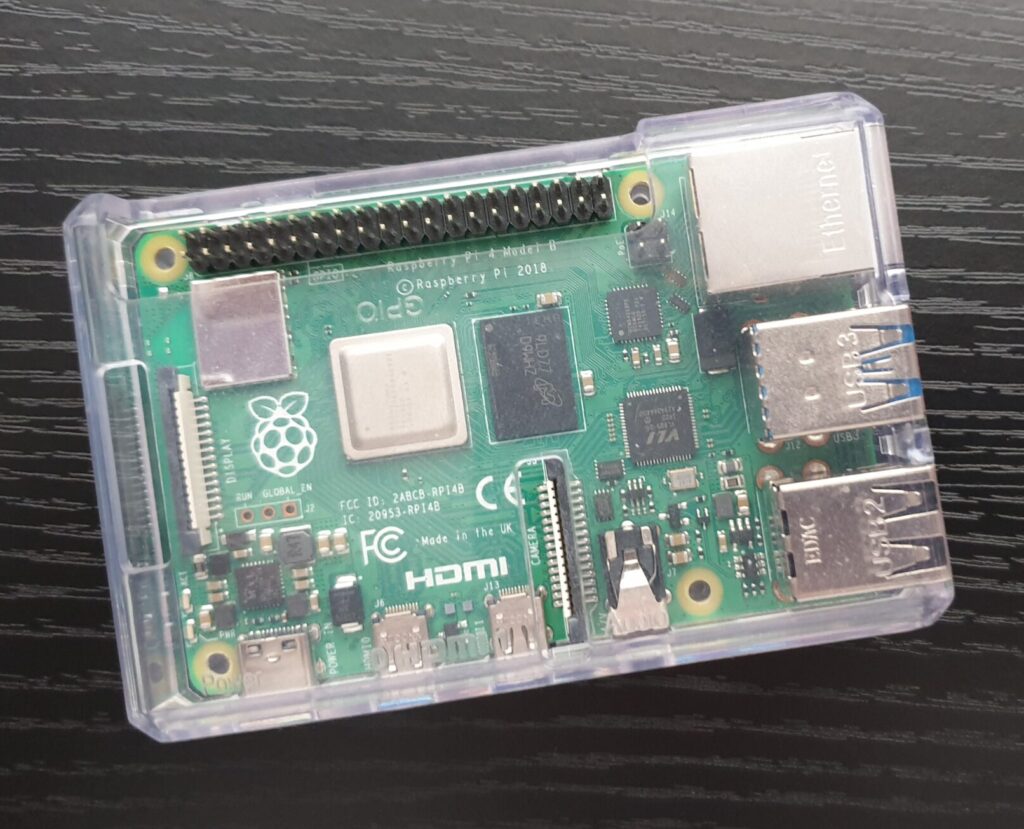
All of our shows are powered by Meanwell 24v/12v and 5v power supplies.. All data is controlled by a Raspberry Pi, a small PC that runs on 5 volts and is the central processing unit throwing all the data to all of our controllers. This runs a piece of software called FPP (Falcon Pi Player). This allows us to schedule if and when we want our shows to start and stop, and also, with the help of remotefalcon.com allows you to get involved in the show by choosing what you want to see! This small but powerful little device only cost £33.50 and can control many more pixels than what you see.
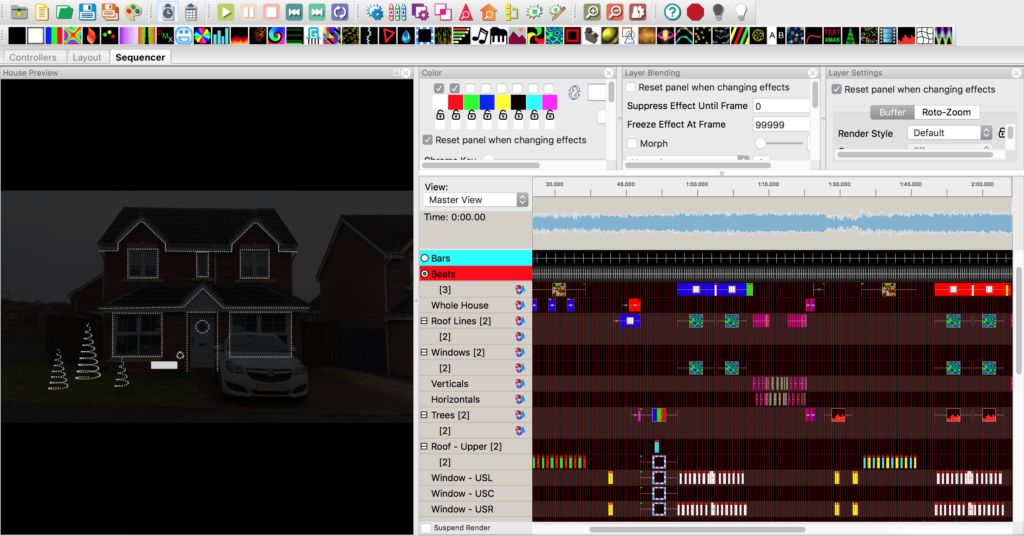
We design and model all of our show using a windows/mac OS X program called xLights. This software allows us to draw out all of our lights we wish in our show, model them in 2D or 3D to the house, design and then plot all of our effects to the music. This saves us having to put up all of our Christmas lights in January and sit outside designing the shows when we can see within the application how everything will look in real time when we put everything up in December ready for everyone to see. Once we have designed all of our sequence this is finally uploaded to FPP on the Raspberry Pi and is scheduled to play in December. We have available to download some of our sequences in the store which we have used this year which you can use to experiment with, or add these to your own show!
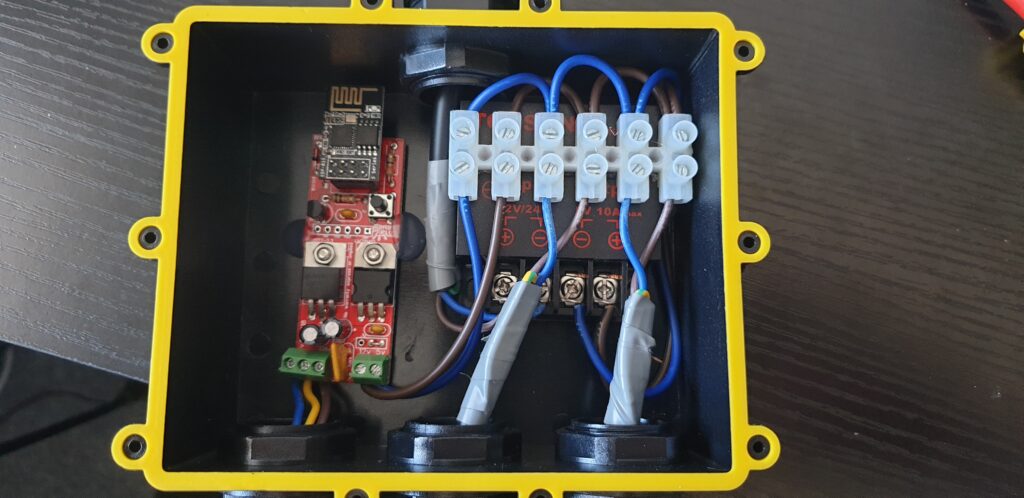
waterproof housing
After our show is loaded and ready to play, all the commands from our show controller are sent via WiFi and Cat5 to our receivers and they pick up the commands, interpret them and throw out power and data to all of our strings of pixels. These pixels take in these commands, called WS2811, and understand that the first command is for the first pixel, and then pass on the commands to the following pixels, all within milliseconds! These controllers which pass the data are all hand soldered, encased in waterproof houses and contain electronics to drop down from from 24 volts to 5 volts to power the WiFi receiver controllers and to power the pixels. All of our show is safely stored by using waterproof materials and is placed behind fuses out of every output.
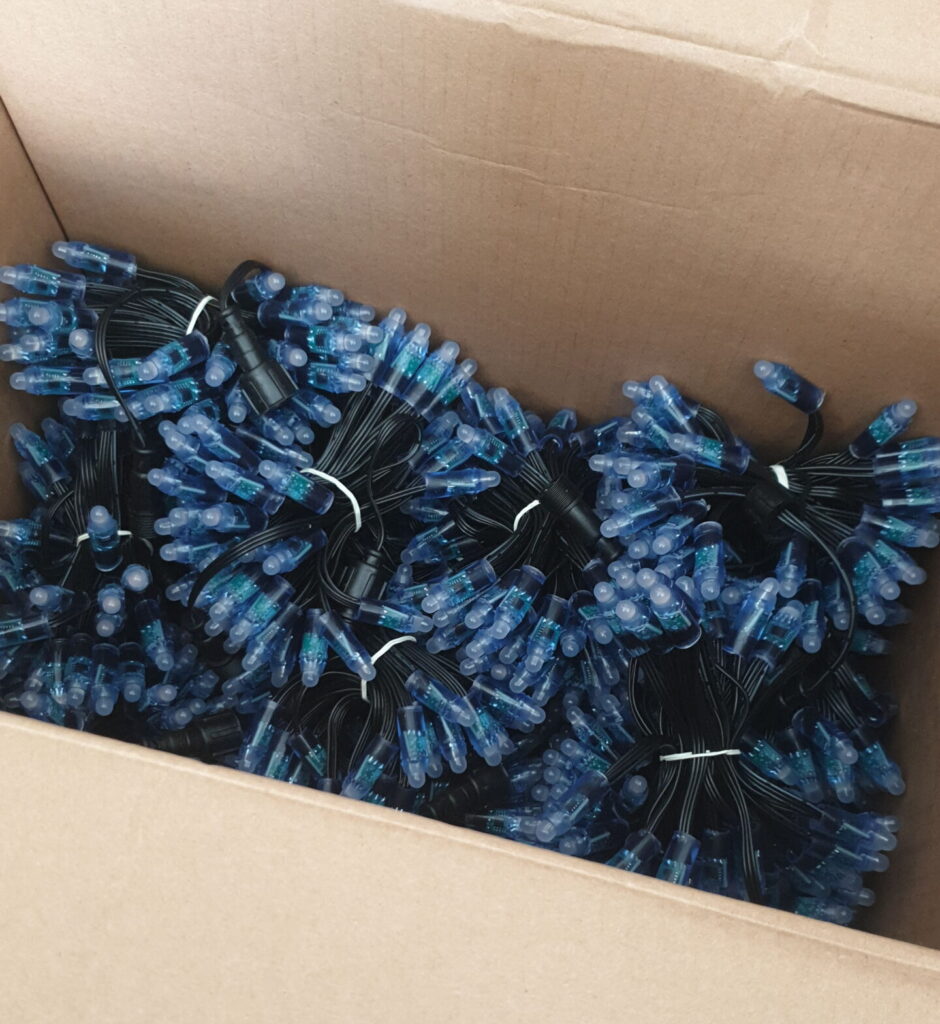
All of our props, windows surrounds and trees are all hand made to suit our house and are made from materials such as plastic cable trunking, metal poles and PVC food grade hose to name but a few!
All of our lights arrived in 50 pixels bundles shipped all the way from, almost, the other side of the world! These pixels were pushed, one by one into trunking for our window surrounds which were all manually hand drilled to fit each and every 12mm pixel. They are also used in our spiral trees which are pushed inside some 1 inch food grade PVC hose. All pixels are potted in resin and each join is securely waterproofed using waterproof O-rings or solder seal heat shrink tubing.
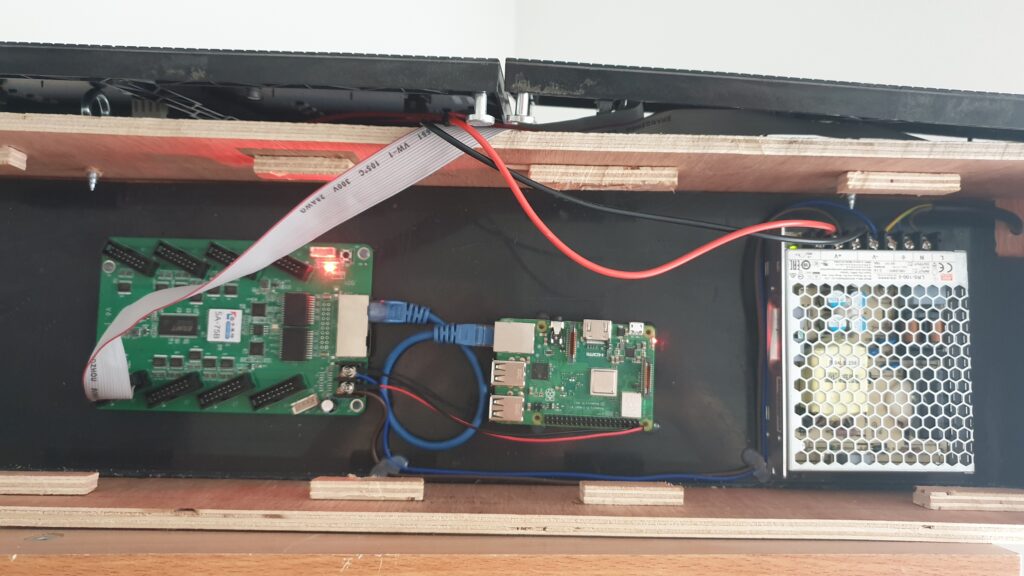
Our hand made “North Pole” sign is made from 2 pieces of downpipe, some strapping, MDF, spray paint, LED panels and, you guessed it, some more pixels! The sign hosts 2 “P5 LED Panels” which are controlled by a Colorlight Card which processes all of the data into commands the panels understand. Into the colorlight card is another Raspberry Pi, also running FPP in remote mode – which listens to the main show controller and its told what to play, when to play it and what point it should be in the show. Also out of this Raspberry Pi’s GPIO pins (general-purpose input/output) come the additional 9 pixels which sit neatly inside the acrylic globe which allows it to light up and become part of the show.
If you are wishing to find our more or are thinking of pulling together your own display of lights to music then get in touch. We are more than happy to discuss with you the ins and outs of pulling everything together, places to find support and giving that helping hand along the way. You can also visit our store and purchase one or more of our already sequenced songs which you can use as a starting block to your own show. Contact us to ask how you import this into your own show, we will be more than happy to help!
Please note that we do work full-time jobs in addition to putting on our shows so please be understanding if we take some time to reply. Many thanks and we wish you all the best in putting on your own show if you wish to do so.
… a little hard work and dedication can take you ANYWHERE!
